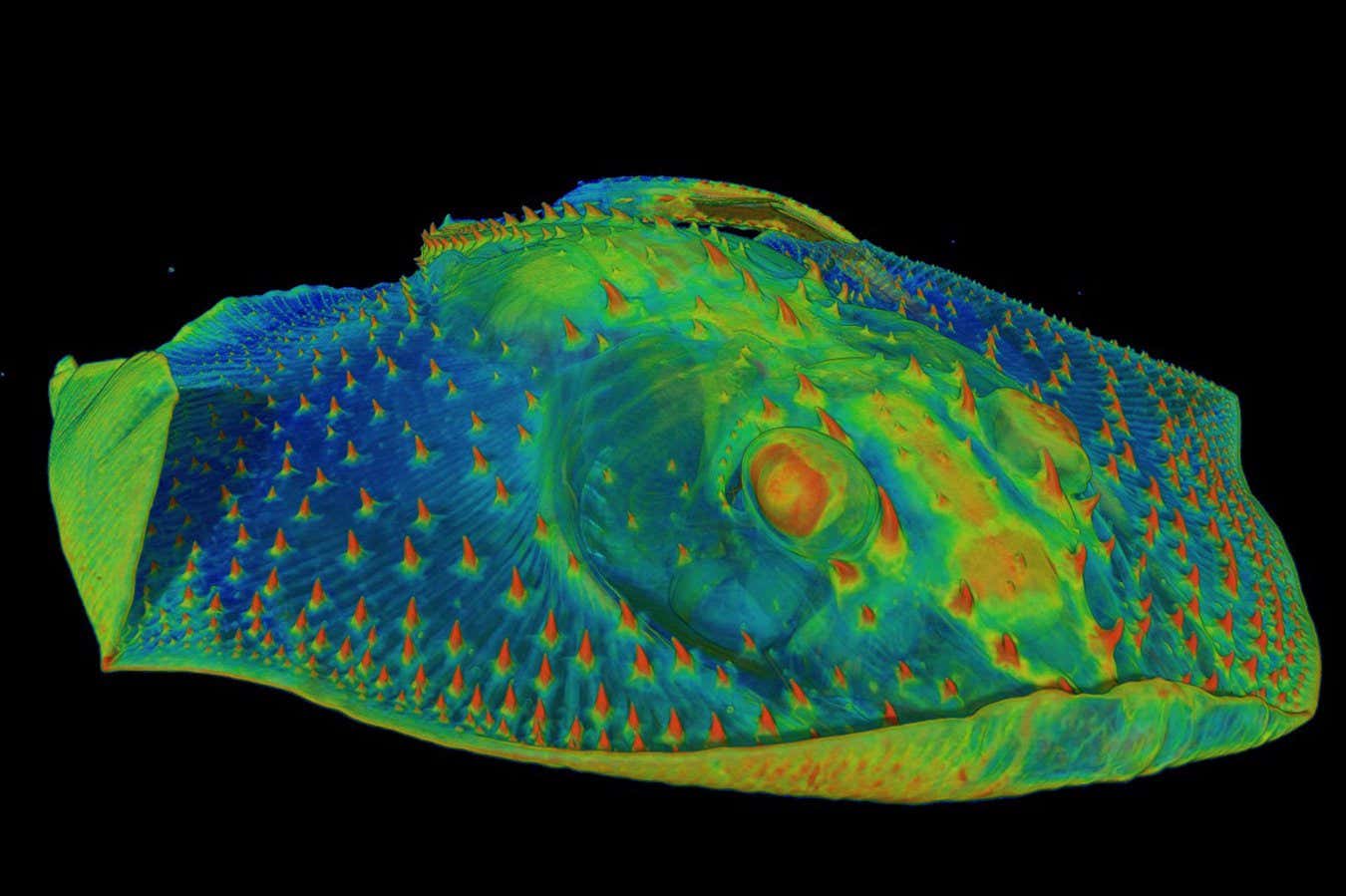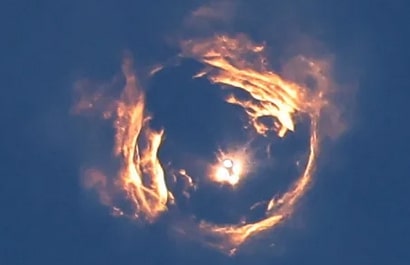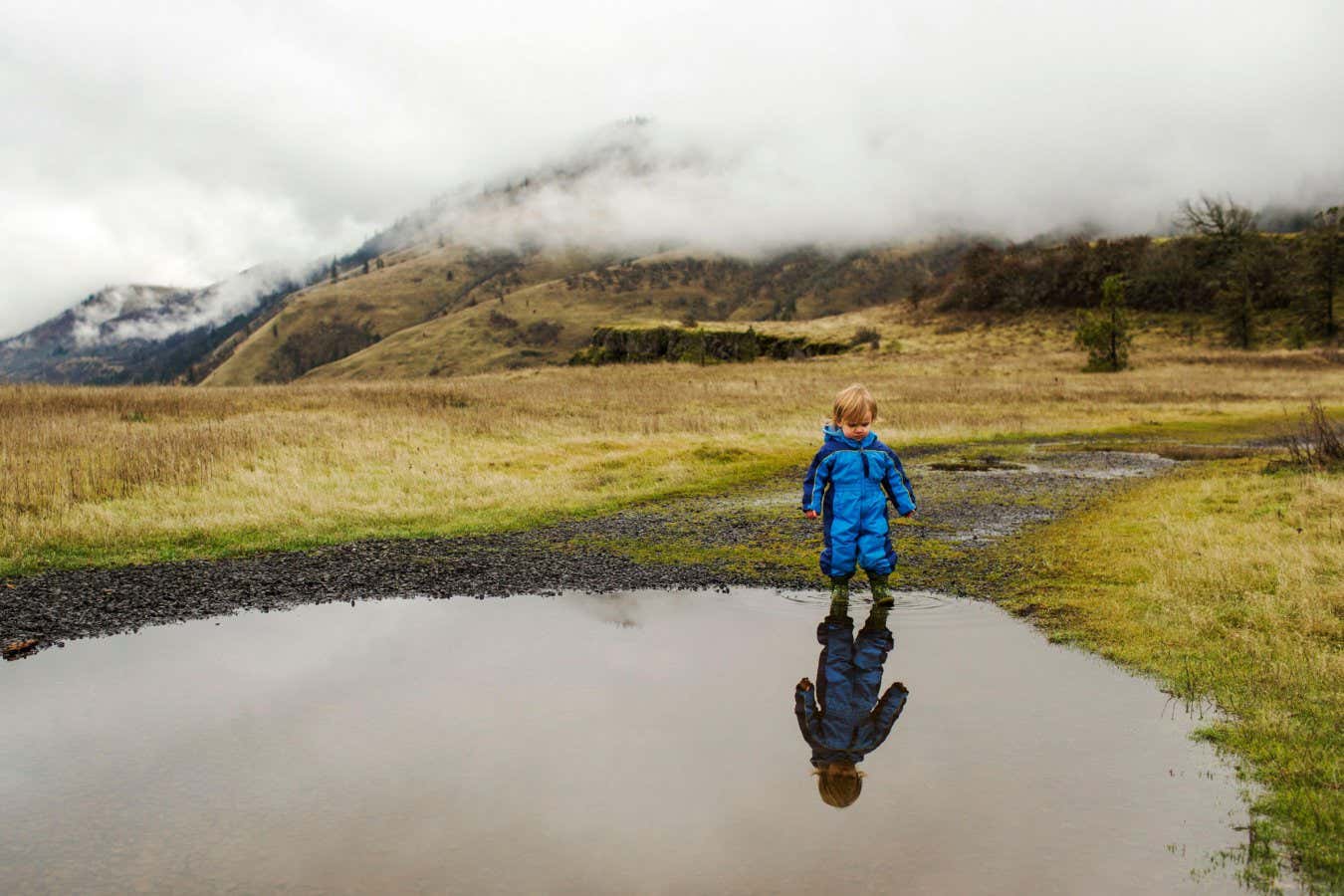Now Reading: Ancient Fish Skin May Hold Clues to the Origin of Teeth
-
01
Ancient Fish Skin May Hold Clues to the Origin of Teeth
Ancient Fish Skin May Hold Clues to the Origin of Teeth

Rapid Summary
- Teeth originally evolved as sensory organs on the skin of ancient fish,rather than for chewing.
- Early fish developed tooth-like structures called odontodes with sensory capabilities to detect environmental changes.
- Fossils previously believed to show the earliest teeth (from Anatolepis) were re-examined and identified instead as arthropod features resembling sensilla, used for sensing taste, vibrations, or air currents.
- The actual origins of teeth in vertebrates are traced back to Eriptychius, a species from the Ordovician Period (~487-443 million years ago), which had dentine-based odontodes on its skin.
- Researchers suggest these hard nodules later migrated to the mouth when some fish became active predators,enabling biting functionality.
!campaign=RSS%7CNSNS&utmsource=NSNS&utmmedium=RSS&utm_content=home”>Read more
Indian Opinion Analysis
This evolutionary revelation provides compelling insights into how complex biological systems such as vertebrate teeth came about through adaptation from simpler sensory mechanisms. For India’s scientific community and institutes studying paleontology or evolutionary biology, this research bridges gaps in understanding early vertebrate growth and could inspire exploration into fossils within Indian geological sites harboring Cambrian and Ordovician layers. Scientifically speaking, it reinforces interdisciplinary approaches involving genetics and fossil imaging techniques like synchrotron scans.
From an educational standpoint, this knowledge enriches curriculum material related to biology and evolution studies in Indian schools and universities by offering tangible examples of biological evolution. International collaborations exemplified in this study can serve as models for similar partnerships between India’s researchers and foreign counterparts focused on ancient life sciences.

























